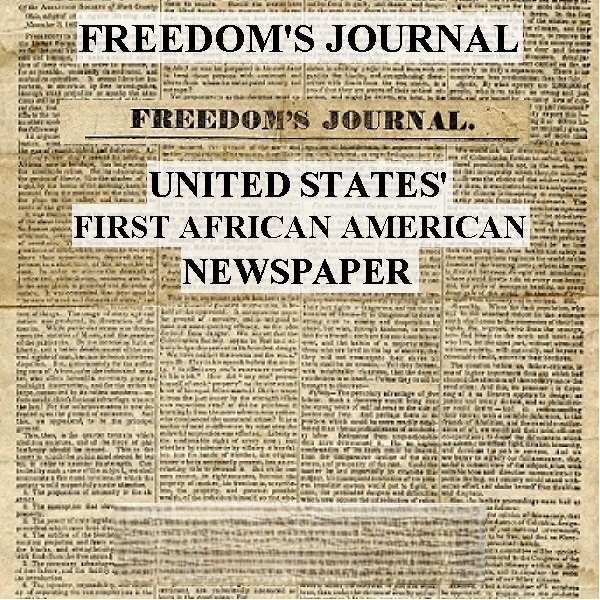
Description
Freedom’s Journal: Birth of the Black Press
Timeline of Main Events:
- 1816: The American Colonization Society, a mostly white organization promoting the emigration of free Black people to Africa, is founded.
- 1827:Slavery is abolished in New York State.
- Freedom’s Journal, the first African-American newspaper in the United States, begins publication in New York City on March 16. It is founded by a group of free Black men.
- Samuel E. Cornish and John B. Russwurm serve as the senior and junior editors of Freedom’s Journal. The first issue features an editorial stating their mission: “We wish to plead our own cause. Too long have others spoken for us.”
- Freedom’s Journal begins addressing contemporary issues of concern to African-Americans, including slavery, voting rights, colonization, injustices, and lynchings.
- Freedom’s Journal publishes what is believed to be the first newspaper report of a lynching in the United States.
- The newspaper sponsors campaigns to purchase the freedom of enslaved individuals.
- Freedom’s Journal holds meetings with subscribers to gather feedback.
- Freedom’s Journal‘s initial stance is against the “colonization” movement.
- After six months of publication, Samuel E. Cornish resigns from Freedom’s Journal, leaving John B. Russwurm as the sole editor.
- Circa Late 1827 – Early 1829: Under the sole editorship of John B. Russwurm, Freedom’s Journal shifts its stance and begins to promote the colonization movement.
- March 28, 1829: Freedom’s Journal ceases publication. This is attributed to a lack of support for the newspaper’s pro-colonization stance among its readership.
- Post-March 1829: John B. Russwurm moves to Liberia, the colony established by the American Colonization Society, and eventually becomes the governor of the Maryland Colony within Liberia.
- 1881: The Afro-American Press and its Editors by I. Garland Penn is published. This book provides a history of African-American newspapers up to 1890 and includes contributions from prominent figures like Frederick Douglass.
- 1922: The Negro Press in the United States by Frederick G. Detweiler is published, offering another historical perspective on the African-American press.
Cast of Characters:
- Samuel E. Cornish: A Presbyterian pastor and one of the founding editors of Freedom’s Journal. He served as the senior editor for the first six months of the newspaper’s publication before resigning. His initial stance, reflected in the early issues of Freedom’s Journal, was against the colonization movement.
- John B. Russwurm: Born in Jamaica to a Black woman and a white plantation owner, Russwurm was the junior editor and co-founder of Freedom’s Journal. After Cornish’s resignation, he became the sole editor. Under his leadership, the newspaper shifted its editorial stance to support colonization. Following the newspaper’s closure, he moved to Liberia and became the governor of the Maryland Colony there.
- Lionel C. Barrow Jr.: A Howard University professor mentioned for identifying that Freedom’s Journal contained the first newspaper report of a lynching in the United States.
- I. Garland Penn: The author of The Afro-American Press and its Editors (published in 1881), a historical account of African-American newspapers up to 1890.
- Frederick Douglass: A prominent African-American figure who contributed to I. Garland Penn’s book, The Afro-American Press and its Editors.
- Frederick G. Detweiler: The author of The Negro Press in the United States (published in 1922), which provides a historical overview of the African-American press.
African-American Newspaper: Freedom’s Journal – America’s First African-American Newspaper
616 Pages, all 103 issues of Freedom’s Journal ever published, America’s First African-American newspaper. Plus 860 pages of history of the African-American Press from 1800 to 1920.
“Freedom’s Journal,” was the first newspaper published by blacks in the United States. It was published weekly in New York City from March 16, 1827 to March 28, 1829. The newspaper was founded in 1827, the same year that slavery was abolished in New York State, by a group of free Black men in New York City. Samuel E. Cornish and John B. Russwurm served as its senior and junior editors. Cornish was a Presbyterian pastor, Russwurm was born in Jamaica to a black woman and a white plantation owner. After publishing for six months, Cornish resigned and Russwurm became the newspaper’s sole editor.
Freedom’s Journal addressed contemporary issues of interest to African-Americans in the 1820’s such as slavery, the right to vote, back-to-Africa colonization, injustices, and lynchings. Howard University professor Lionel C. Barrow Jr. wrote that Freedom’s Journal contained the first newspaper report in the United States of a lynching. The paper also covered international, national, and regional news. Freedom’s Journal sponsored campaigns to purchase the freedom of enslaved persons from cooperative slave owners, held meetings with its subscribers to discuss their satisfaction or dissatisfaction with the newspaper’s content, ran editorials on colonization, printed land offers for the formations of black communities, ran notices of births, deaths, marriages, and social events in the black community, and sold advertising space.
“We wish to plead our own cause. Too long have others spoken for us. Too long has the publick been deceived by misrepresentations, in things which concern us dearly, though in the estimation of some mere trifles…” These words appeared on the front page front of the first issue, March 16, 1827, in an editorial by the papers’ editors John B. Russwurm and Samuel Cornish.
The scarcity and fragile condition of original copies of the Freedom’s Journal (At the time of publishing of this collection neither the Library and Congress nor the National Archives and Records Administration had any original copies) made it necessary for this collection to be compiled from microfilm copies of the original issues.
The characteristics of the microfilm images require greater diligence for comprehension than may be desired. Please see sample images below. The reward for the effort is a view of the role of rhetoric in early African American politics and culture.
The newspaper was created to counter racist and stereotypical coverage of African-Americans in New York newspapers. Many newspapers were openly hostile to blacks, and anti-slavery publications were often paternalistic and promoted stereotypes of inferiority.
The articles in Freedom’ Journal shows that African-American thought at the time was not monolithic. The articles and editorials demonstrate differences in opinion on topics such as the back to Africa movement, assimilation, gradualism, and accommodation versus violent insurrection in response to slavery.
Originally Freedom’s Journal was against “colonization.” Colonization was promoted by members of The American Colonization Society, a mostly white pro-emigration organization founded in 1816 to repatriate free black people to Africa. When the newspaper came under the sole control of Russwurm, the paper began to promote the colonization movement. The majority of the newspaper’s readers did not support the newspaper’s shift in support of colonization, and in March 1829, Freedom’s Journal ceased publication. Soon after the newspaper closed, Russwurm moved to American Colonization Society’s Liberia, and became governor of the Maryland Colony.
ADDITIONAL VOLUMES
In addition to Freedom’s Journal, the collection includes two volumes on the history of early African-American press
The Afro-American Press and its Editors (1891)
This 580 page history, written by I. Garland Penn, was published in 1881, with contributions made by prominent African-Americans including Frederick Douglass. This volume is an encyclopedic collection of information about African-American newspapers published up to 1890. It includes numerous illustrations of African-American publishers and journalists.
The Negro Press in the United States (1922)
This 280 page history of the African-American press in the United States, published in 1922, was written by Frederick G. Detweiler. The chapters include:
Chapter 1 – Volume and Influence of the Negro Press
Chapter 2 – The Negro Press in Slavery Days
Chapter 3 – The Negro Press in Freedom
Chapter 4 – Favorite Themes of the Negro Press
Chapter 5 – What is in a Negro Paper
Chapter 6 – The Demand for Rights
Chapter 7 – Other Solutions of the Race Problem
Chapter 8 – Negro Life
Chapter 9 – Negro Criticism of Negro Life
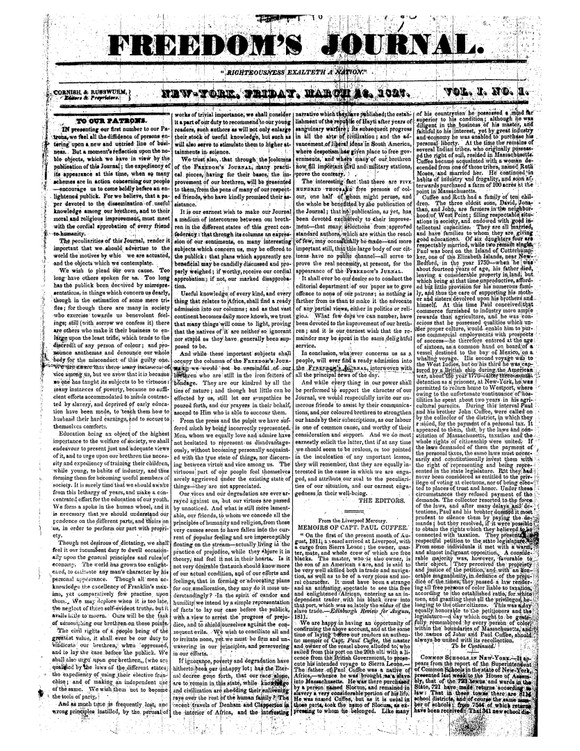
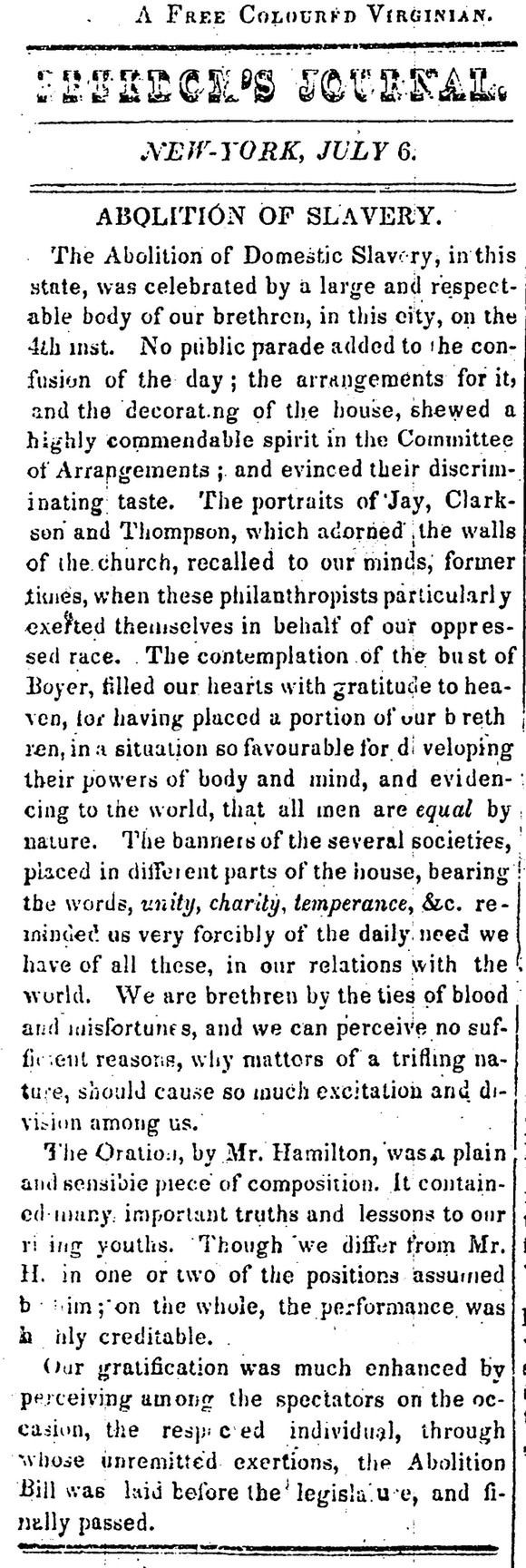
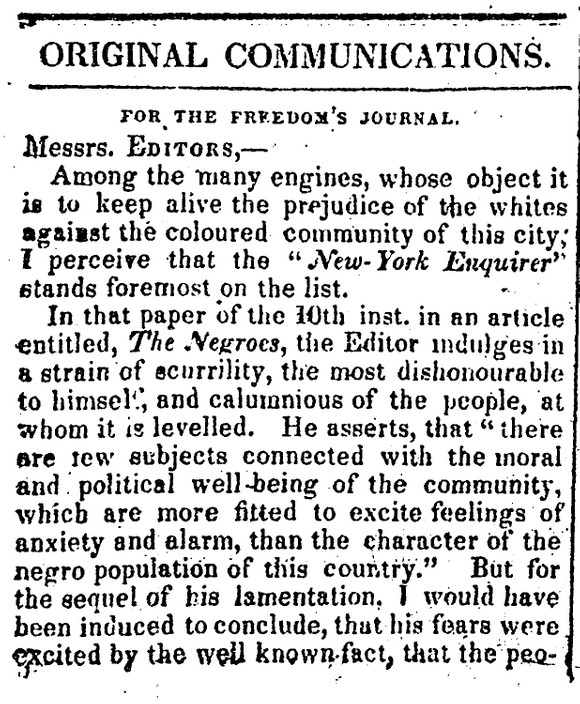

Related products
-
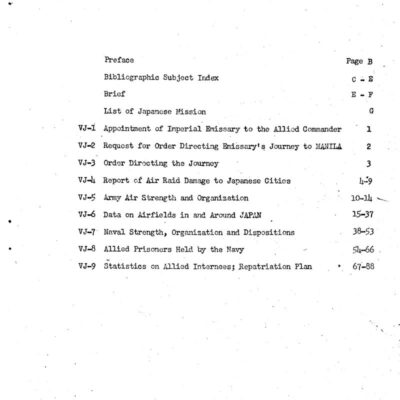
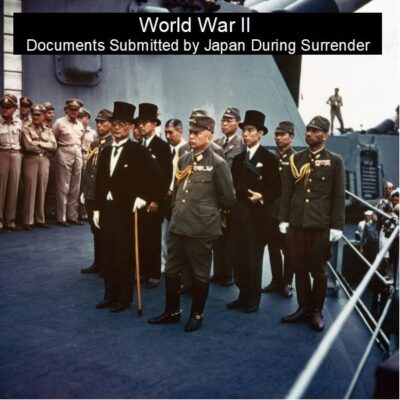
Japan’s Surrender Documents from World War II
$1.99 Add to Cart -
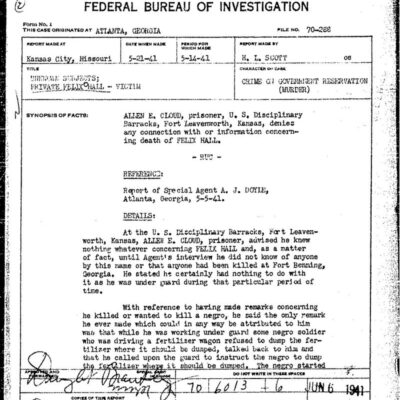
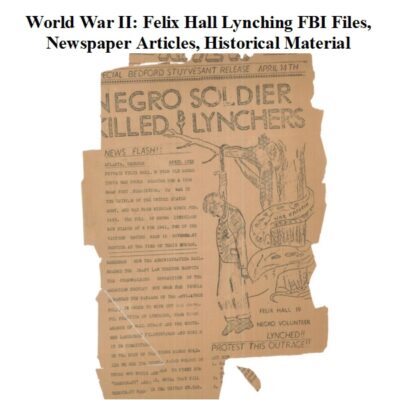
World War II: Felix Hall Lynching – FBI Files, Articles, Historical Records
$9.99 Add to Cart -
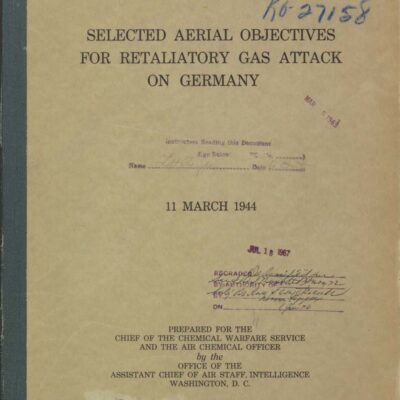

World War II: Targeted Aerial Objectives for Retaliatory Gas Attacks on Germany and Japan
$3.94 Add to Cart -
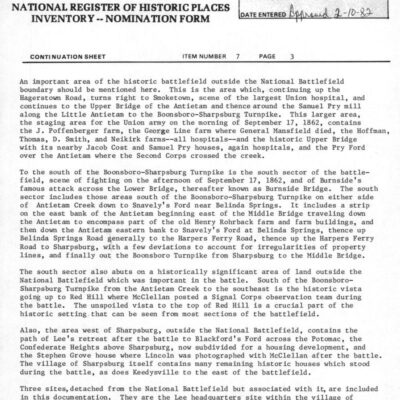

Civil War: Battle of Antietam (Sharpsburg) – National Park Service Archives
$9.99 Add to Cart